Facing market hurdles? Learn how to identify market opportunities and convert challenges into profitable ventures. Explore strategies for growth, innovation and adaptation. (157 characters)
Market Opportunities, Business Growth, Innovation, Market Challenges, Entrepreneurship, Business Strategy, Competitive Advantage, Industry Trends, Problem Solving, Business Development
Turning Market Challenges into Business Opportunities
Key Takeaways:
- Market challenges, while daunting, are often disguised market opportunities waiting to be revealed.
- Adaptability, innovation, and a deep understanding of customer needs are crucial for converting obstacles into business advantages.
- By focusing on problem-solving and unmet demands, businesses can create new products, services, and business models that thrive in changing environments.
Every business faces hurdles. Economic downturns, shifting consumer preferences, disruptive technologies – the list goes on. However, the most successful businesses don’t just survive these challenges; they use them as springboards for growth. They recognize that within every difficulty lies a wealth of market opportunities just waiting to be uncovered. The key is learning how to identify them and then strategically position your business to capitalize on them. This involves more than just wishful thinking; it requires a proactive, analytical approach combined with a willingness to adapt and innovate. Often, what appears to be a threat to one business can become a lucrative opening for another that is ready to provide a solution or address an unmet need.
Understanding Market Shifts to Spot Market Opportunities
Changes in the market, whether driven by technological advancements, regulatory changes, or evolving consumer behavior, often create gaps and unmet needs. Start by deeply analyzing the specific challenges your industry is facing. What problems are customers experiencing? What are the limitations of existing products or services? For example, the rise of remote work has presented new challenges for businesses related to communication, collaboration, and cybersecurity. But these challenges have also spawned a multitude of market opportunities for companies offering remote work solutions, such as video conferencing platforms, project management software, and cybersecurity services tailored to remote work environments. Businesses need to analyze what solutions are on the market, what they are lacking, and how they can improve them.
Furthermore, consider how these challenges impact different customer segments. Are there specific groups who are disproportionately affected or whose needs are not being adequately met? Identifying these underserved markets can reveal significant market opportunities. Are there opportunities for offering personalized solutions tailored to the unique needs of each segment? A 10 gb internet connection will meet the needs of a business but not the average household.
Leveraging Innovation to Capitalize on Market Opportunities
Innovation is critical for turning market challenges into business opportunities. Instead of viewing obstacles as roadblocks, see them as prompts for creative problem-solving. This may involve developing new products or services, refining existing offerings, or adopting new business models. Think about how you can use technology to address specific pain points. For instance, the growing concern about environmental sustainability has spurred innovation in areas such as renewable energy, sustainable packaging, and eco-friendly products. Businesses that are able to offer innovative solutions that address these concerns can gain a competitive advantage and attract environmentally conscious customers. Innovation will help the business to stand out amongst the competition, and allow it to adapt to the change. This adaptability is another important factor when looking at the competition and what they are doing to adapt to the change in the market.
Focusing on Customer Needs to Identify Market Opportunities
A deep understanding of customer needs is essential for identifying market opportunities. Pay close attention to customer feedback, both positive and negative. What are customers complaining about? What are they asking for? What are their unmet needs and desires? Use surveys, focus groups, social media listening, and other research methods to gather insights into customer behavior and preferences. By understanding your customers intimately, you can identify areas where you can improve your offerings or develop new solutions that better meet their needs. For example, many consumers are now seeking personalized experiences and customized products. Businesses that can provide these options are well-positioned to capture a larger share of the market. This understanding is especially important when your business is new and trying to understand what the market opportunities are.
Building Resilience Through Adaptation and Agility
Market challenges are inevitable, but the ability to adapt and respond quickly is what separates successful businesses from those that struggle. Cultivate a culture of agility and flexibility within your organization. Be prepared to pivot your strategies and offerings as needed to meet changing market demands. This requires a willingness to experiment, take risks, and learn from failures. It also requires empowering your employees to make decisions and take initiative. Additionally, investing in technology and infrastructure that supports agility and scalability can help your business respond quickly to changing market conditions. By building resilience into your organization, you can weather any storm and emerge stronger on the other side. The ability to adapt, learn, and improve is what will help the business thrive.







